Planting techniques: cultivation techniques of Lilium lily
Lily is a perennial herbaceous bulbous plant of Liliaceae. There are more than 100 varieties in the world, which can be divided into three categories: flowering, medicinal and edible according to their uses. Lilium lily, which is native to China, is a lily variety which is used for harvesting underground bulbs as well as medicine and food. Courtyards in rural areas in the north are often widely planted as ornamental flowers.
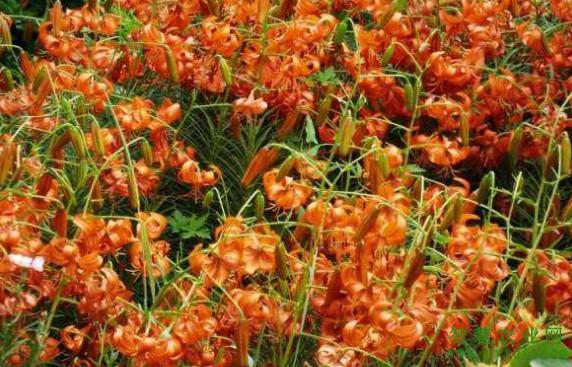
First, loosen the soil and replenish the fertilizer
Most of the lilies in the north are planted in arid mountain areas or semi-mountainous areas, and the water needed for the growth of lilies mainly depends on natural precipitation. Therefore, ploughing and loosening the soil, preserving soil moisture and storing water play an important role in the utilization and conservation of soil moisture. The lily seedlings can be ploughed and loosened when they are 10 cm high. In the first year and the second year, the underground bulb can be ploughed properly because of the small development of the underground bulb, and in the third year, the soil should be shallow rather than deep, otherwise it is easy to damage the root system and bulb. Loosen the soil and apply seedling fertilizer at the same time, applying 45% nitrogen, phosphorus and potassium compound fertilizer 15-20 kg per mu. First fertilize, then loosen the soil, and then cultivate the soil.
II. Plant adjustment
1. Hit the top and pick the heart
The top growth advantage of lily is obvious. Topping and coring can control the nutrient consumption of aboveground stem and leaf growth and promote the growth and development of bulb. Topping and uncoring was carried out at the beginning of June and the seedling height was 40 cm to ensure that the plant had a certain amount of growth and sufficient leaf area. Heart removal should be carried out around noon on a sunny day, which is beneficial to wound healing. When hitting the top, it is appropriate to hit the prosperous ones as early as possible, and the weak seedlings can postpone topping or pick only a small number of heart leaves according to the situation, so as to achieve growth balance.
two。 Remove the buds
Lily flowering and fruiting will consume a lot of nutrients and seriously affect the development of bulbs. In order to harvest the bulb for cultivation purposes, when the flower stem grows to 1cm to 3cm, pinch off the bud, commonly known as "pinching tip". Pinching too early, easy to damage the plant; pinching too late flower stem tissue aging is difficult to break. Because the time of the flower bud of the plant is different, it needs to be checked every day, pinched at the right time, and repeated many times, so that "there is no red in the lily field". Picked buds can be dried and eaten or soaked in water as tea.
3. Erase the bulb
There are many bulbs in the axils of lily leaves. If the bulbs are not used to propagate seeds, they will be erased when the bulbs are just enlarged and have not changed color, so as to reduce nutrient consumption and promote bulb hypertrophy. Sprouting should be carried out on a sunny day and should be operated carefully to prevent breaking plants and damaging functional leaves.
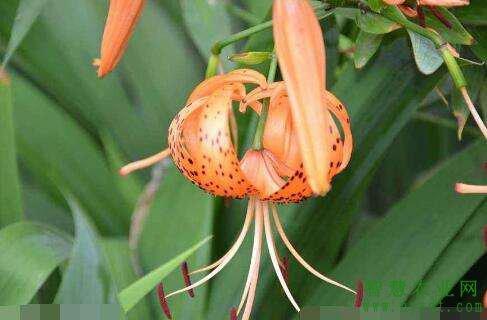
Third, shading and cooling
The most suitable temperature for lily growth was 15: 25 ℃, which was higher than 28 ℃. The growth was inhibited, and the plant became yellow and even withered when the temperature was higher than 33 ℃. Appropriate interplanting of corn and vine melons and vegetables between lily rows can be used to shade the sun with vine leaves. For example, interplanting corn, after the corn plant grows high from July to August, it has a good effect on reducing the field air temperature and soil temperature, can prolong the green leaf period of lily, and can increase yield by about 10%.
IV. Fertilizer and water management
In the later stage of lily growth, the application of nitrogen fertilizer should be strictly controlled, especially after topping, too much nitrogen fertilizer would lead to excessive growth of stems and leaves, which would affect bulb expansion. After topping, 30 kg of compound fertilizer containing 15% of nitrogen, 15% of phosphorus and 15% of potassium are applied per mu. When bulb expansion slows down in late July, 0.2% potassium dihydrogen phosphate or plant life element can be sprayed on the leaves to prolong the life of functional leaves and prevent premature senility. Lily expansion period is in the rainy season, we should pay attention to drainage, to ensure that the rain dry no stagnant water.
Chemical weeding
1. Weeding before seedling
For pre-seedling control of Gramineae and broad-leaved weeds, 48% trifluralin EC or 33% dimethalin EC can be used to control 2500 ml per hectare, or 48% Zhong Dingling EC can be used to control 3750 ml per hectare.
two。 Weeding after seedling
When the lily seedlings are 20-30 cm high, 2000 ml of 10% Jing Kuihe Ling EC or 24% ethoxyfluoxane 750ml can be sprayed to control a variety of broad-leaved weeds and most Gramineae weeds per hectare.
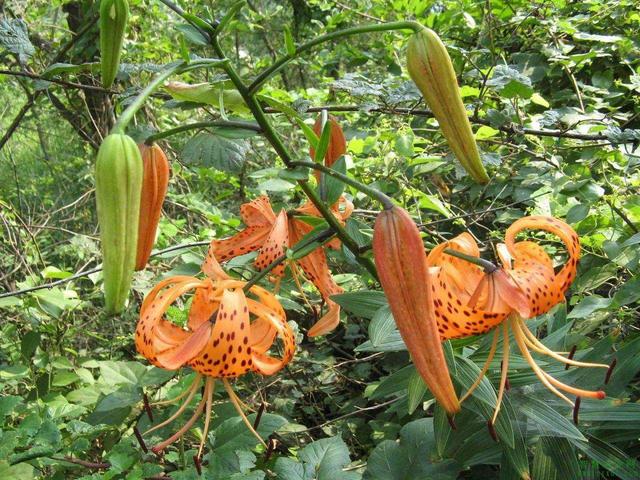
VI. Prevention and control of diseases, pests and rodents
1. Blight: spray 1000 times of carbendazim after emergence, spray every 10-15 days, spray 2-3 times continuously. After the onset of the disease, the diseased plant was removed in time, and the disease area was disinfected with 50% lime milk.
two。 Leaf blight: you can use 50% carbendazim 500x solution, or 75% chlorothalonil 500x solution, or 70% methyl topiramate 500x solution, or 50% Sukeling 1000 times liquid spray control, every 10 to 15 days, spray 2 times 3 times in a row.
3. Lily blight: sprayed with 0.5% Bordeaux solution 1000 times, or 25% metalaxyl 2000 times, or 70% dimethazone 1000 times, enough liquid should be flowed to the base of the diseased plant stem and the surrounding soil.
4. Aphids: spray with 40% dimethoate 1200 times, or 10% imidacloprid wettable powder 2000-3000 times or 3% acetamiprid EC 2000-2500 times.
5. Grub: the soil can be irrigated with 50% malathion 800-1000 times or 50% phoxim EC 1000 times.
6. Rat damage: when thawing in spring, regard the rats as harmful, and release poison bait at the right time. Use 0.005% bromadiolone poison bait 1 kg per hectare and spread it to the surface. It can also be put in a small dose for many times, and the effect is better.
Source of the article [China Intelligent Agriculture official website]
- Prev
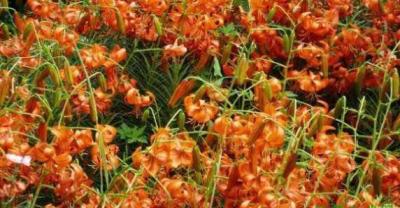
What is the detailed process of dental implant?
It is believed that many patients with missing teeth are no stranger to dental implants, and it is the first choice for the repair of missing teeth. In the repair effect is very ideal, can recover.
- Next
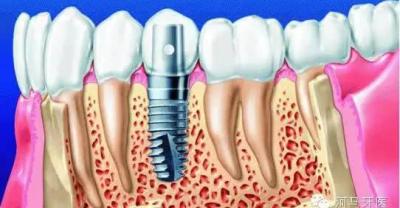
Teach you to plant Dendrobium by hand.
Dendrobium orchid, also known as orchid, is a perennial herbaceous flower of Orchidaceae. Simple leaves alternate. Racemes, flowers large, pendulous.
Related
- Fuxing push coffee new agricultural production and marketing class: lack of small-scale processing plants
- Jujube rice field leisure farm deep ploughing Yilan for five years to create a space for organic food and play
- Nongyu Farm-A trial of organic papaya for brave women with advanced technology
- Four points for attention in the prevention and control of diseases and insect pests of edible fungi
- How to add nutrient solution to Edible Fungi
- Is there any good way to control edible fungus mites?
- Open Inoculation Technology of Edible Fungi
- Is there any clever way to use fertilizer for edible fungus in winter?
- What agents are used to kill the pathogens of edible fungi in the mushroom shed?
- Rapid drying of Edible Fungi

